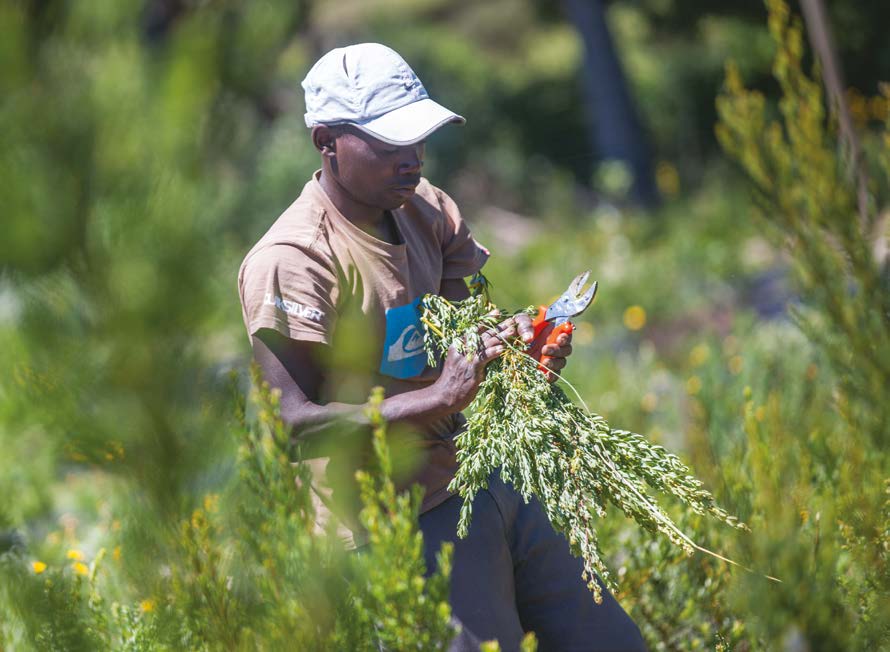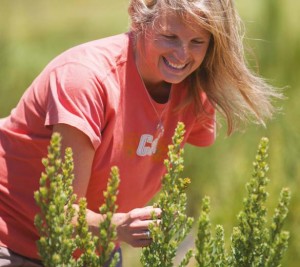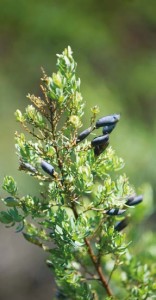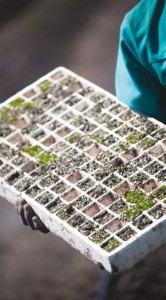
To describe tea as a beverage served hot would be understating a product that has had a profound impact on world trade and cultural life globally.
Popping in for a cuppa means so much more than adding a tea bag to a pot of boiling water. In the Commonwealth it remains a measure of Britishness and from Botswana and Kenya to New Zealand and India, this 350-year-old British tradition of offering your guests a cup of tea, is the cornerstone and beginning of a social occasion.
In the Arab world sharing a cup of tea with a guest is of great cultural importance and often signifies equality.
Tea has been consumed for far longer than 350 years and the earliest record of it dates back to 3 AD in South West China where it was widely taken for medicinal purposes. In the early 16th century the Portuguese traders were offered tea as a medicinal cure for their small ailments but it was never consumed as a beverage until the VOC returned to Holland with several sacks.
The Dutch quickly began to enjoy it but is was the French who were the first to embrace the beverage and the coffee houses in Paris were selling more tea than coffee in the 1630’s. This boom in Europe slowly dissipated though until 1650 when the English first discovered Camellia Sinensis or simply put … the cuppa.
The British insatiable thirst for tea began in the early 1650’s and by 1690 they could not get enough of it. All trade at the time with China, the only growers of tea at the time, had to be conducted in silver. This imbalance of trade infuriated the British and so they offered and began to trade opium for tea.
This had terrible social consequences for China. Their dependence on opium and Britain’s hunger for tea was the catalyst for the first Opium war between China and Britain and this according to most historians was the start of modern China.
The tea bag packs quite a punch. The British were the first to add sugar to tea and this of course pushed the demand for sugar up and so the sugar industry in the Colonies of the Caribbean, South Africa, Australia and Fiji boomed. Coincidence? I think not.
Tea plants were finally smuggled out of China to various parts of the British Empire and ex-pats were even given free land in India, Sri Lanka and Burma if they agreed to grow tea for the empire.
Tea was the first drink to have no class. Unlike champagne or beer, tea is still slurped by the working class and daintily sipped by aristocrats.
As with rugby and cricket though British tea domination is over. The British drink about 2.7kg of tea per person a year, which places them fifth in overall tea consumption. Turkey is first with a staggering 7.5kg of tea consumed per person in a single year, which is twice as much consumption as the Moroccans who are second on the list.
Traditional tea consumption in South Africa has never held the same appeal as in other parts of the world (we are the 51st largest consumers in terms of per capita consumption) but herbal teas like Rooibos are mentioned proudly in the same breath as biltong or the Boks.
The Rooibos industry is 120 years old and this plant is endemic to South Africa where it grows in the wild and is cultivated very successfully and exported worldwide.
The benefits of drinking rooibos are well known but few people are aware of the antioxidants and anti-inflammatory properties in a cup of Honybush. It is low in tannin and is caffeine free and the Bushmen drank it to keep their hunger cravings at bay.
Honeybush Tea – our very own alternative health cuppa PHOTO: Hidden Woods Honeybush tea harvesting in Plett Words and photos by Glenn Murray The Honeybush tea industry in greater Plettenberg Bay is just 15 years old although first mention of it being used as a tea substitute was recorded in the Cape in 1898. This sibling of rooibos, Honeybush is indigenous to the Southern Cape and is harvested wild or cultivated and crops can be found from Port Elizabeth to Lamberts Bay on the West Coast.
It is widely acknowledged that the area from Tstitsikamma to Riversdale is the ideal terrain for Honeybush and so the industry here in Plettenberg Bay is taking off.
In 2000 a local community owned, government sponsored Honeybush tea farm was opened in the Griqua settlement of Kranshoek. The Ericaville farm is going well and 84 families from the community benefit from the sales of the crop, 95% of which is exported to Europe and Asia.
Fred Oelshig is one of three honeybush farmers in the Crags and he is known as the local Honeybush maverick. Walking through his farm of macadamias and pomegranates he shows me the spot where, by accident, his honeybush story began. While retrieving a runaway tractor that had fallen down a ravine he came across wild honeybush. He was none the wiser for it but one of the local Griquas who was helping in the retrieval recognized it immediately and asked if he could harvest it.
That man was Sydney Le Fleur or better known as Mr Honeybush. De Fleur along with a group of trustees started the Ericaville tea farm in Kranshoek.
He has attended numerous courses hosted by various agricultural departments all over the country. An entrepreneur, he is now a consultant in the industry and is stretching the boundaries of where the crop can grow. He is also getting the stagnant sceletium tea industry up and running and new crops of this organic tea are being grown in Kranshoek. On the other side of the town in Harkerville, Steve and Tanya Ritky have just harvested this year’s crop. Like everyone else they are new to the crop and are learning by the day. “Sometimes I think this plant just wants to find new ways to die” he told me wryly with a smile.
Honeybush is a hardy bush that will grow naturally if the soil conditions are right. It likes acidic soil with a pH of between 4 and 5 and it likes damp not wet soil year round. There is no need to fertilize, add rhizobium bacteria when planting and you can expect a crop in a year and a bundle of cash.
Simple? Not really. These are for the optimum conditions in the wild or for conditions created in the agri lab in Stellenbosch. (Away from wireworm and the Keurbooms moth) Ericaville lost two thirds of their crop in 2006/7/8 due to too much rain, which caused root rot. Those barren years nearly scuppered the local industry.
“The jump from subsistence and wild harvesting to commercial harvesting is proving to be tricky,” says Dr Cecilia Bester from the Stellenbosch agricultural research center. Dr Bester who trains the Kranshoek farmers is convinced the industry will grow in the area and it has to, as there will be no wild Honeybush left if cultivations are not planted.
Fred Oelshig is confident and happy with the growth of his Honeybush and he says the people of Plett and surrounds will be very proud of their Honeybush industry very soon. Maybe we can expect a Plett tea route soon with a cuppa at a Kranshoek tea garden followed by a cultural tour? Watch this space.
The real growth of the Honeybush industry (like Rooibos) lies in proper marketing and making people aware of the health benefits of drinking this type of tea. Our Americanized obsession with imported coffee at coffee shops can hopefully be swayed and with the slightest deviation we may uplift the greater Plett community.
PHOTOS: (Top right) Honeybush tea “ripe for the picking”. (Bottom left) Tanya Ritky on her Plett farm, Hidden Woods. (Bottom right) Honeybush seedlings.
THERE ARE FOUR HONEYBUSH TEA FARMS CURRENTLY UNDER OPERATION IN PLETTENBERG BAY. THE AREA BETWEEN TSITSIKAMMA AND RIVERSDALE HAS BEEN RECOGNIZED AS THE IDEAL TERRAIN FOR HONEYBUSH. HONEYBUSH TEA ORIGINATED IN SOUTH AFRICA, AND CAN BE TRACED BACK TO 1898. HONEYBUSH TEA HAS ANTIVIRAL AND ANTIBACTERIAL PROPERTIES. HONEYBUSH TEA HAS AN ABUNDANT ARRAY OF VITAMINS SUCH AS IRON, ZINC, CALCIUM, COPPER, POTASSIUM, SODIUM, MAGNESIUM, AS WELL AS A PLENTIFUL AMOUNT OF VARIOUS ANTIOXIDANTS.
















